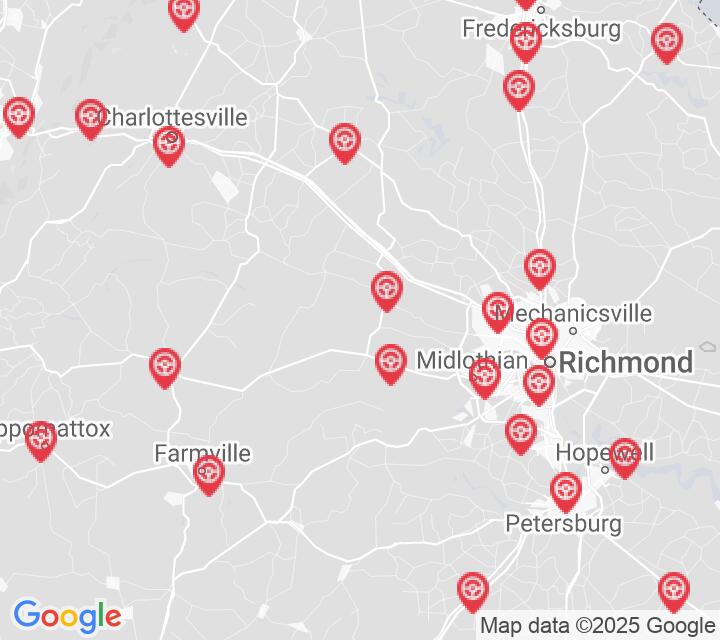Combination
All applicants who are applying for a Class A CDL should be prepared to take the Combination test. This test covers information found in Section 6 of the Commercial Driver License Manual. Section 6 provides the information needed to safely operate tractor-trailers, doubles, triples, and straight trucks with trailers. The test is made up of 20 multiple-choice questions, and applicants will need to correctly answer a minimum of 16 questions to pass. The Combination test is not a replacement for the Double/Triple endorsement test.
Number of Question
Passing Score
15. Place the trailer air supply control in its "emergency" position to test:
Explanation
Be sure to test the trailer emergency brakes before beginning a trip. After ensuring that the trailer rolls freely, you can test the emergency brakes by pulling out the trailer air supply control, or placing it in the "emergency" position. Pull forward slightly with the tractor and make sure the trailer does not move.
16. Combination vehicles are usually:
Explanation
Driving combination vehicles requires more skill than driving single commercial vehicles. Combinations are generally longer, generally heavier, and are more vulnerable to rollover.
17. When driving while pulling trailers, you should:
Explanation
You should always steer gently and smoothly while pulling a trailer. Making sudden steering moves could cause the trailer to tip over.
18. When backing up while coupling a trailer, the tractor should be positioned:
Explanation
When backing up to couple a trailer, you should position the tractor directly in front of the trailer. Trying to couple while backing at an angle could cause the trailer to move and the landing gear to break.
19. A tractor protection valve:
Explanation
A tractor protection valve keeps air in a tractor or truck air brake system should the trailer break away or develop a bad leak. The valve will close automatically if the pressure drops to an unsafe level.
20. Maintain a following distance of at least ____ for every 10 feet of your vehicle if you are traveling at a speed under 40 mph.
Explanation


